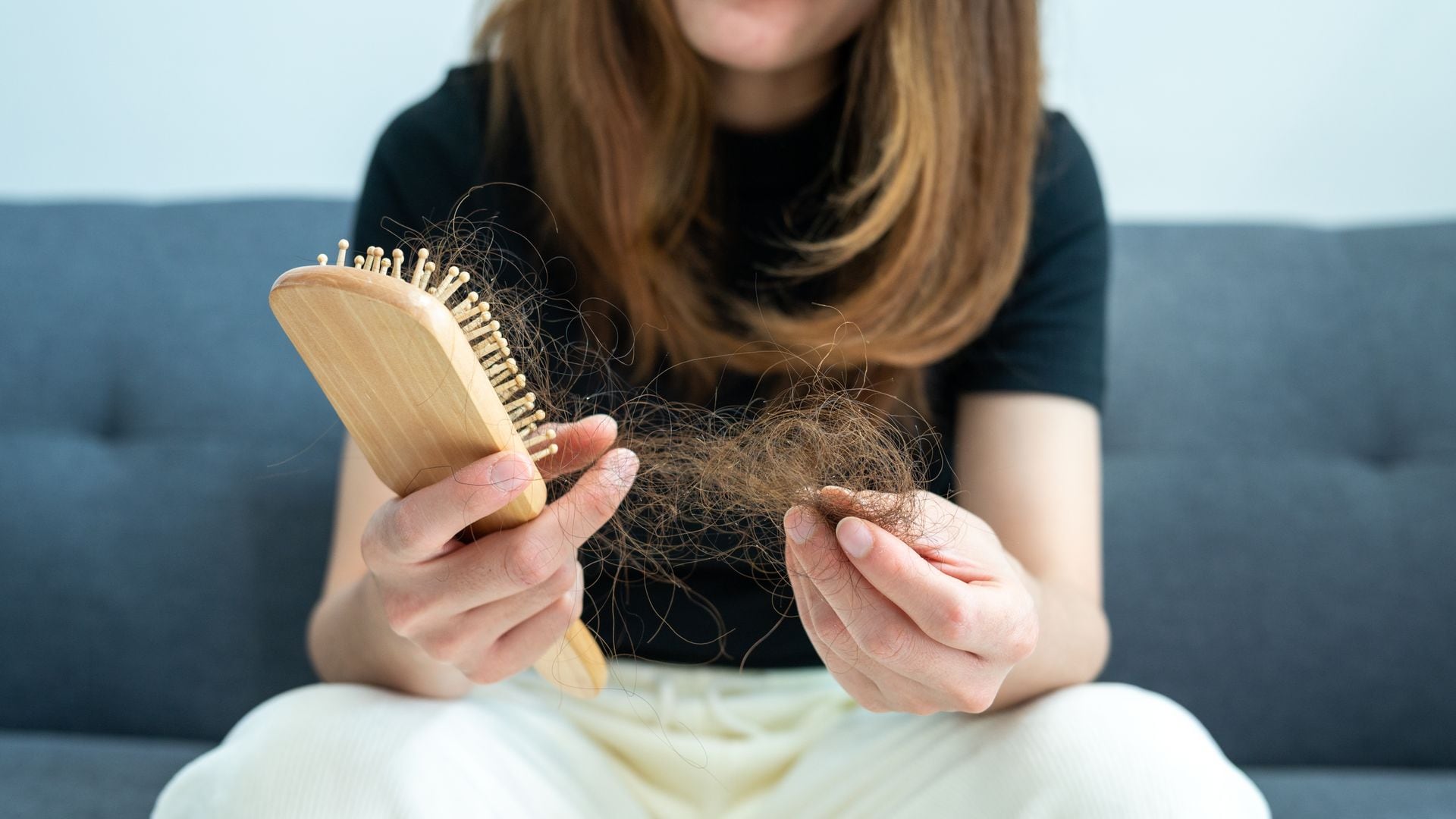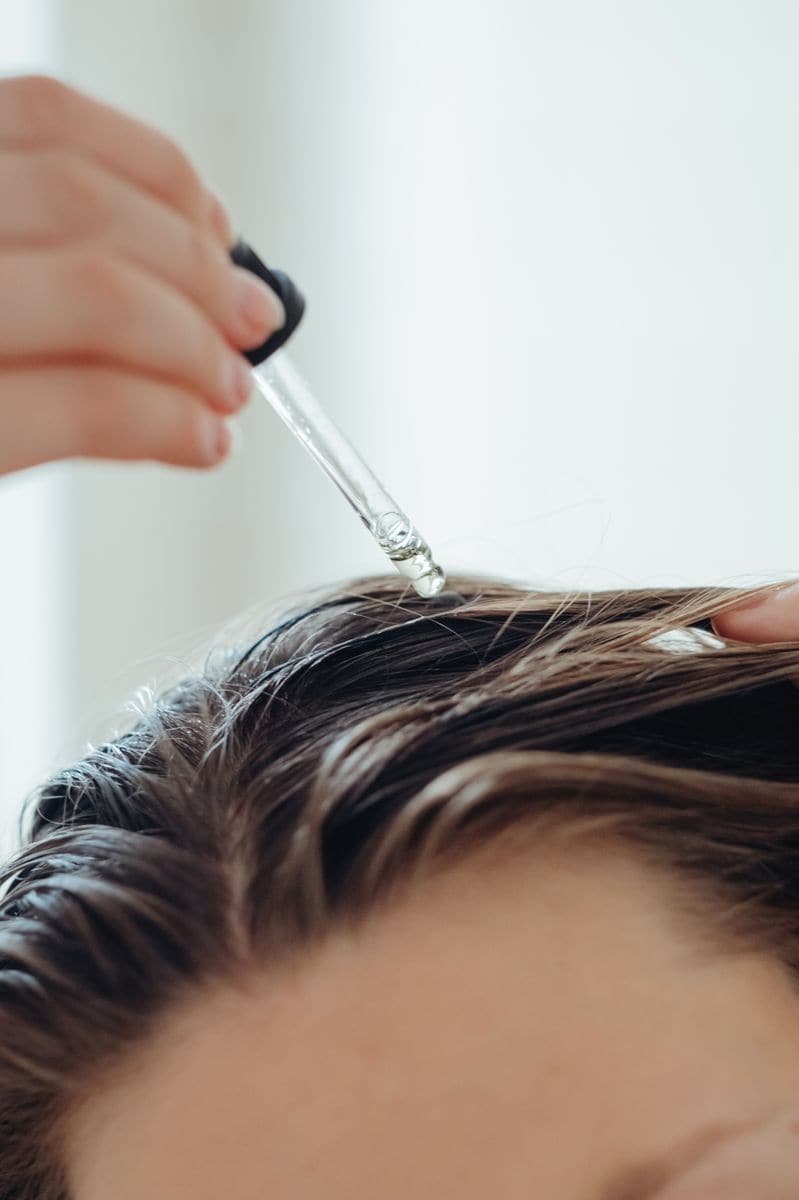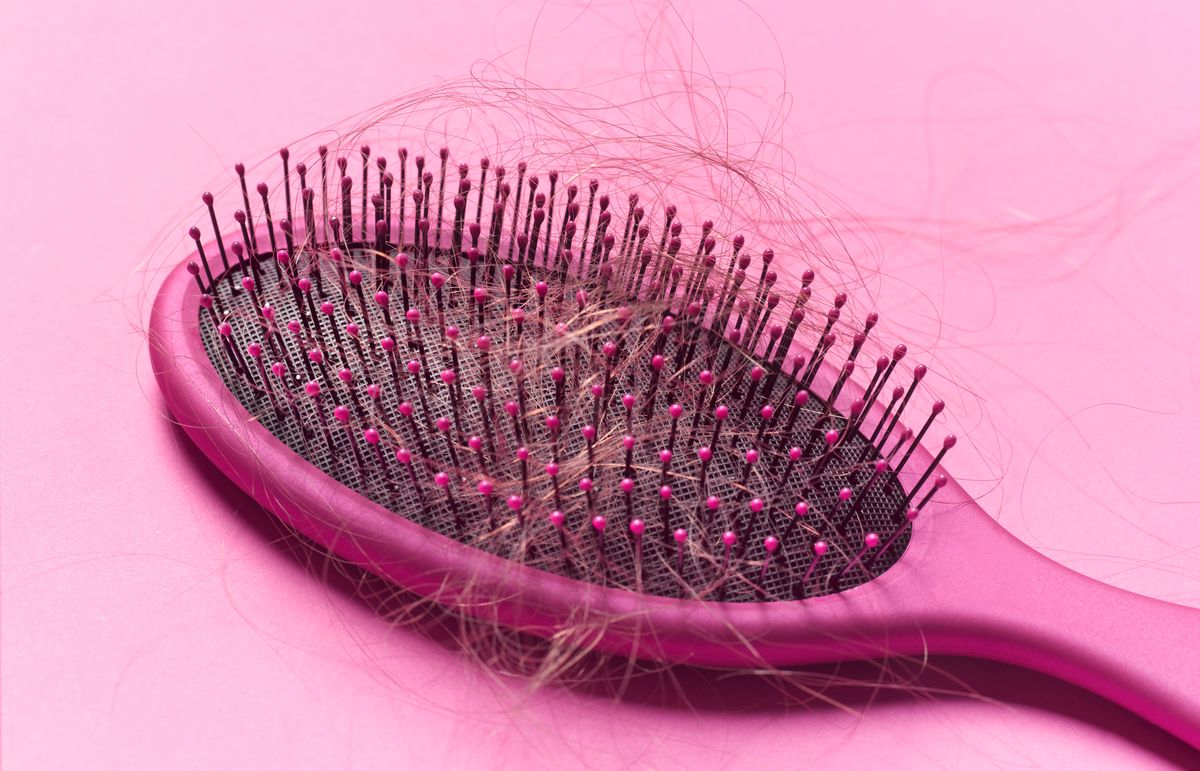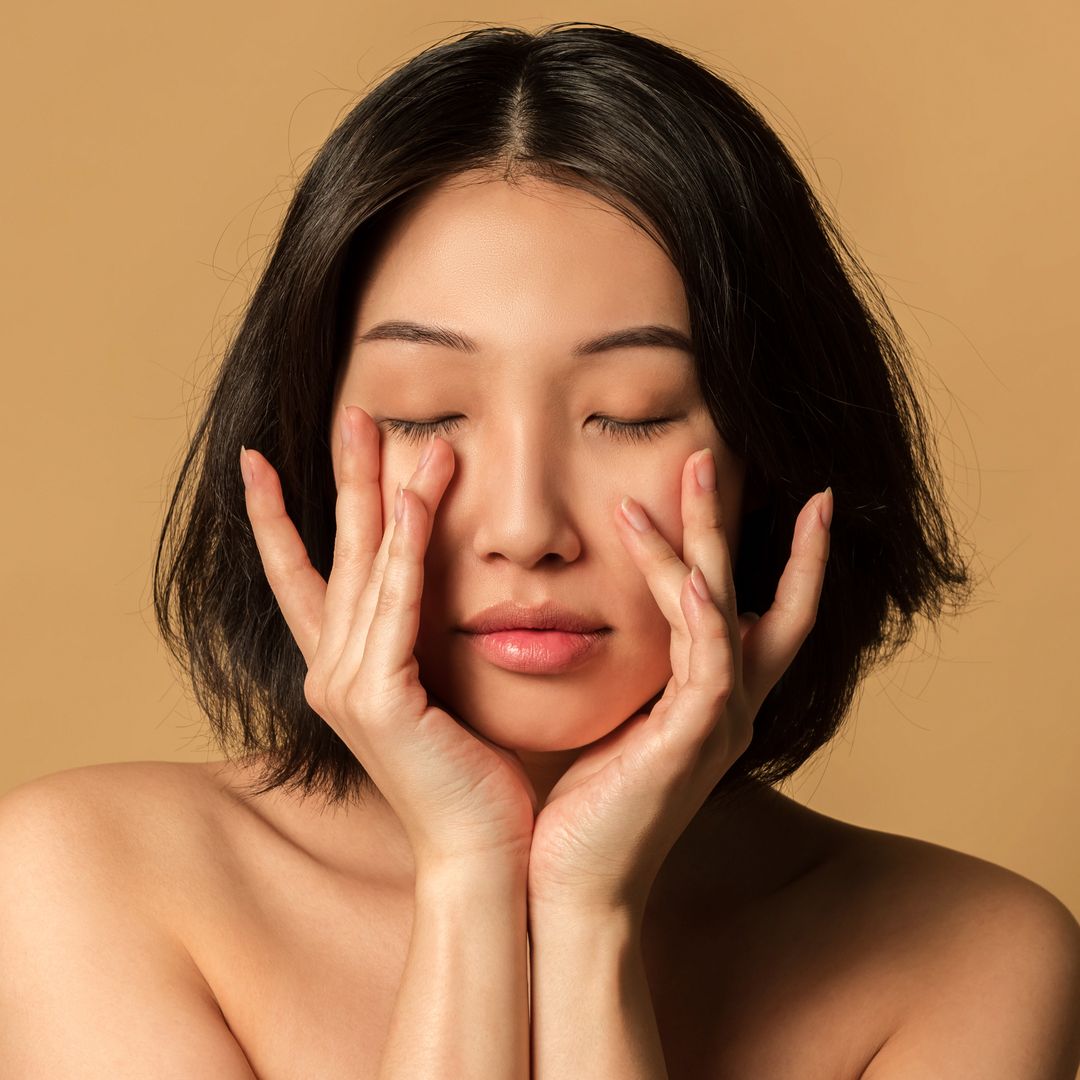Hair loss might finally be on its last leg, and it’s not thanks to another decades-old formula or a miracle vitamin. UCLA scientists may have cracked the code to real regrowth, and the secret is a cream that kickstarts your hair follicles like never before.
Meet PP405, a new topical cream that’s stirring up serious buzz in the hair restoration world. Unlike the usual suspects, minoxidil (Rogaine) and finasteride (Propecia), which are often slow, inconsistent, and plagued by side effects, PP405 allegedly works smarter. According to the scientist behind this formula, it doesn’t just stimulate circulation or block hormones. It flips the biological switch that keeps hair follicles asleep.
The Science: Wake Up, Follicles
At the heart of this breakthrough is a protein scientists have long suspected keeps hair follicle stem cells in hibernation. These dormant cells sit quietly under your scalp, waiting for a cue. PP405 blocks this specific protein, releasing those stem cells from their slumber, and they waste no time.
Some participants saw new hair sprouts in early trials that lasted just seven days. And we’re not talking about peach fuzz. Unlike minoxidil, which often only produces vellus hairs, PP405 encourages terminal hair growth, the thick, strong, pigmented strands you actually want.
The Trial That Turned Heads
In a Phase 2a study at UCLA, 78 men and women applied the cream nightly for one week. The early results were almost too good to be true, as not only did reportedly new hairs start emerging after a few days, but over eight weeks, many participants saw a 20% increase in hair density, without the itching, flaking, or hormonal side effects common with other treatments.
Even the researchers were surprised. Initial concerns that PP405 might overactivate or damage follicles were quickly replaced with cautious optimism. Instead of harm, it delivered high-functioning hair growth with a safety profile that’s so far looking clean.
From Lab Bench to Bathroom Shelf
PP405 isn’t just another biotech experiment stuck in limbo. Thanks to some help from Google Ventures and guidance from UCLA’s Technology Transfer Group, Pelage Pharmaceuticals has raised more than $16 million to keep the momentum going.
Next up are larger clinical trials, FDA clearance, and a consumer-ready product that could hit shelves as soon as 2027. That’s right. In just a couple of years, you could apply a fast-acting cream that regenerates hair from dormant follicles.
A Game-Changer for More Than Just Bald Spots
While PP405 is positioned to make waves among the millions battling pattern baldness, its potential goes deeper. If it passes further safety and efficacy testing, it could become a lifeline for people regrowing hair after chemotherapy, alopecia areata, or hormonal changes like postpartum shedding.
It’s a shift in how we treat hair loss, not by masking the problem or tweaking hormones, but by reigniting your body’s natural ability to grow hair.
The hair loss industry is full of hype, gimmicks, and broken promises. But PP405 might be different. It’s backed by legitimate science, a top research university, venture capital from a tech giant, and most importantly, real human trial results that show it works.
So if you’ve been staring at your hairbrush in dread or counting strands in the shower, keep an eye on this. By 2027, your follicles might finally be free to do what they were born to do.








